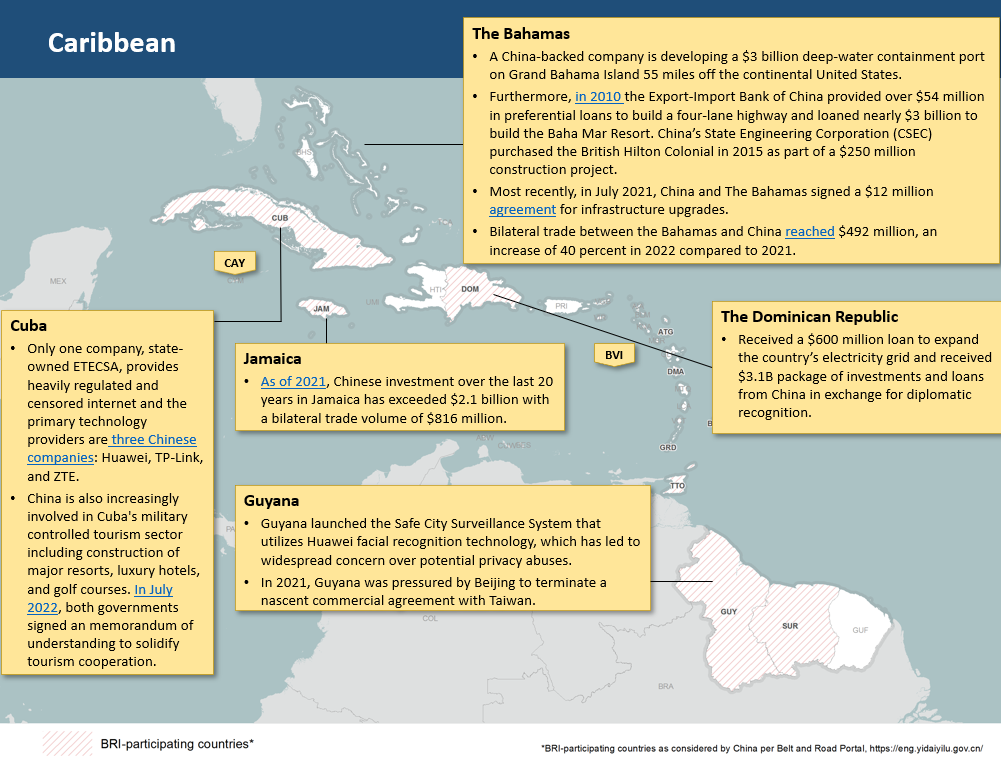Yes, it is an epidemic that no one mentions anymore, much less the media…but below are some facts. The cars are in fact stolen and even transported and sold with the original owners personal items still in the vehicle….yeesh
Let’s begin here…
Len Green of Toronto woke up to a very surprising call early one morning. A year ago, thieves had snagged his Acura from his driveway. The caller, David Common of the CBC, was sitting in Green’s old car. He’d found the stolen car in Africa.
Common asked, “Does this look like your car?” Green confirmed, “That’s it!”
After Common filmed a walk around the vehicle parked in Ghana, Green said, “I can’t believe it. And my documents and everything are still in there (the glovebox). That’s crazy.”
It’s certainly crazy. But Green is far from alone.
The billion-dollar industry hiding in plain sight
Auto theft in Canada and the U.S. is one of organized crime’s favorite side hustles. And business is booming. Detective Mark Haywood of Peel Police put it plainly: “A large portion of them are actually leaving the country.” He added, “You’ll see about 80 percent of them going out through the ports.”
Deputy Chief Nick Milinovich explained why: “It’s much easier to sell 15 cars on the black market than it is to sell 15 keys of cocaine or 15 illegal guns.” He added, “Last year in 2022 there was over a billion dollars worth of vehicles that were stolen across Canada.”
You read that right. Over one billion in losses. In Toronto alone, thieves took 27,000 cars in a single year. That’s one stolen every 17 minutes. And where do those cars go?
According to Haywood: “We’re seeing a lot of them go to the UAE to Dubai. Nigeria is a hotbed for that. Ghana is another place they’re ending up in.”
***
TRENTON — Attorney General Matthew J. Platkin and the Division of Criminal Justice announced charges today against 11 people for their roles in an auto theft ring that allegedly targeted high-end vehicles, burglarized homes to get the key fobs needed to steal the cars, stored the vehicles in parking garages in the Bronx, New York, and eventually shipped them to West African countries.
Promoters or organizers of the enterprise allegedly identified their targets – including Land Rovers, Mercedes Benzes, and BMWs – for theft crews that would allegedly then steal the vehicles. Investigators identified 43 stolen New Jersey vehicles valued at approximately $3.65 million in two parking garages on Jennings Street and Third Avenue in the Bronx.
“While car thefts in New Jersey have decreased significantly over the past year and have continued to decrease in 2025, we are committed to reducing them further. This case is about more than just the theft of vehicles, it is about stealing people’s sense of security and safety,” said Attorney General Platkin. “No one should be afraid that a thief will enter their home while they are sleeping to find their key fobs to steal their car, as is alleged in this case. So, we are working collaboratively to use every tool we have to return that sense of safety and security to our communities – including new laws, new technology, and information sharing between law enforcement agencies and between states to shut down car theft operations.”
“This is a case that shows what can be done when we work with our law enforcement partners at every level,” said DCJ Director Theresa L. Hilton. “This was a complex criminal enterprise that specifically targeted and stole high end vehicles to be shipped to overseas buyers. Working together, we were able to charge these defendants with serious crimes carrying lengthy prison sentencing exposure.”
“This case reflects how car theft today is a global enterprise,” Bronx District Attorney Darcel D. Clark said. “Millions of dollars worth of stolen vehicles—including a $475,000 Rolls Royce—were taken to a Bronx parking garage that defendants used as a showroom. The vehicles wound up in shipping containers in Elizabeth and then in West Africa. My Office, specifically, Assistant District Attorney Jessica Lupo, a Deputy Chief in the Trial Division, worked with NYPD Auto Crime and NJ Attorney General Matthew Platkin to identify and dismantle this group. We will not tolerate auto crime in the Bronx.”
According to the charging documents in this case, beginning in July 2024, law enforcement agencies identified a criminal enterprise that allegedly coordinated the theft of motor vehicles from Morris, Essex, Mercer, Middlesex, and Burlington counties. The stolen vehicles were allegedly “fenced” in the Bronx, for ultimate sale overseas. The members of the conspiracy also allegedly facilitated financial transactions as part of the criminal activity.
Theft crews would allegedly steal the requested vehicles, commonly from residences, and transport them to the Bronx, where middle-level and high-level fences would receive the cars, pay the theft crews, store the vehicles in the identified parking garages to avoid detection, and arrange for the disposition of the vehicles overseas, most often to West African countries. Port Elizabeth, NJ
Port Elizabeth, NJ
Several allegedly stolen vehicles previously located in the garages on Jennings Street and Third Avenue, in the Bronx, were later recovered from shipping containers at ports in Elizabeth, New Jersey, and Staten Island, New York. The containers, and the stolen vehicles inside, were destined for West African countries.
Members of the alleged enterprise (see attached chart) include promoters/organizers, high and mid-level fences, and theft crews.
The promoters/organizers of this scheme, “Big G” and “E” remain unidentified.
Defendant Issa Yara was identified as a high-level fence. The investigation revealed that Yara was allegedly in repeated contact with members of the motor vehicle theft crews, exchanging text messages that identified target vehicles and the prices for them. For example, texts in January 2025 specifically referenced “cady,” “x7,” x3,” “X5,” and “Benz,” all of which refer to various types of high-end vehicles, including Cadillac, BMW, and Mercedes Benz. Investigators recovered additional texts requesting information about models and years of vehicles, buying and selling vehicles, coordinating payment, and locations of targeted vehicles.
Defendants Mamadou Camara, Moussa Doumbia, Arona Amadou, Mouslim Ouedraogo, and Moubarak Djibril were identified as middle-level fences. Camara was allegedly in repeated contact with members of the motor vehicle theft crews. Investigators learned Camara allegedly handled the receipt and purchase of stolen vehicles from theft crews, and that the crews dealt with Camara rather than “Big G” directly, who would also be present nearby. For example, the investigation revealed that, following the theft of a 2023 BMW X7 by codefendant Jahquil Louis and his crew, there were multiple calls between Louis and Camara from the time of the theft through the vehicle arriving at the Jennings Street Garage. Camara was captured on video surveillance at the Jennings Street garage operating multiple vehicles stolen from New Jersey.
Defendants Louis, Jomar Ocasio, Daniel Deleon, Quadir Williams, and an unnamed juvenile were identified as members of motor vehicle theft crews. On January 5, 2025, a 2024 BMW X5, valued at approximately $89,000, was stolen from Pompton Plains, Morris County. The homeowner reported a burglary after hearing people in his home, finding his back window broken, and the key fob and vehicle missing. Surveillance captured three suspects near the rear door. Phone records placed Deleon near the scene at the time of the theft.
In another example, on December 30, 2024, a 2024 BMW X7, valued at approx. $52,150, and a 2021 Audi SQ8, valued at approx. $52,360, were stolen from East Windsor, Mercer County. Surveillance captured three suspects entering the occupied home, where they stole a Gucci purse, Gucci wallet, Valentino wallet, $400 in cash, a driver’s license, a N.J. Firearms ID card, and the vehicles. Louis’ phone placed him near the area of the burglary and near the Jennings Street garage. The stolen X7 was later recovered on February 25, 2025, from a container destined for Ghana, Africa, from a port in Elizabeth.
Theft crews were paid for the stolen vehicles with cash from money wired from West Africa to the mid-level and high-level fences. The total value of the stolen vehicles linked to specific residential burglaries by the theft crews operating as part of this enterprise was approximately $542,295.
All defendants are charged with first-degree racketeering.







